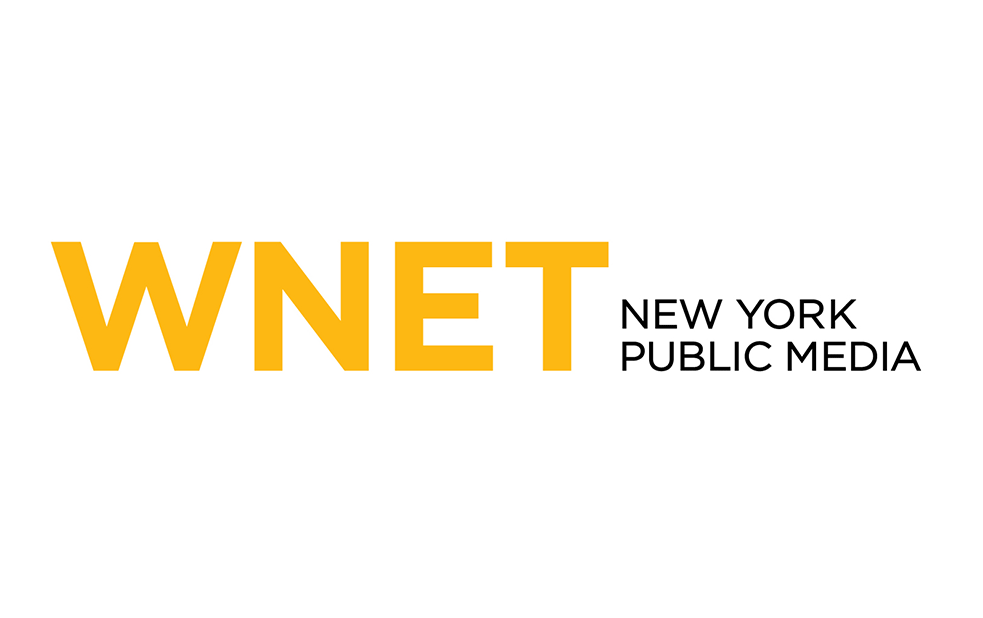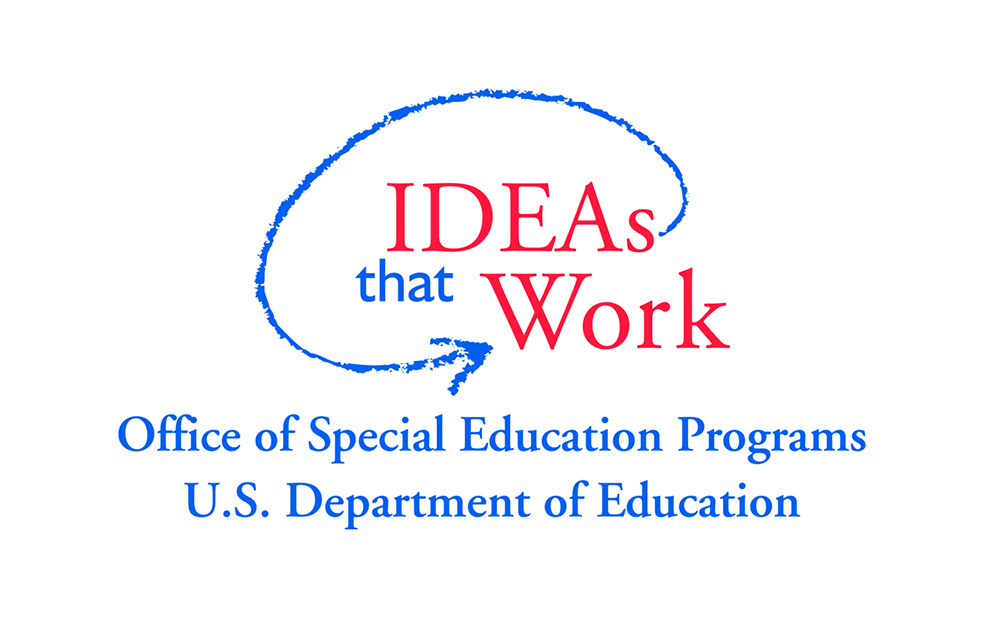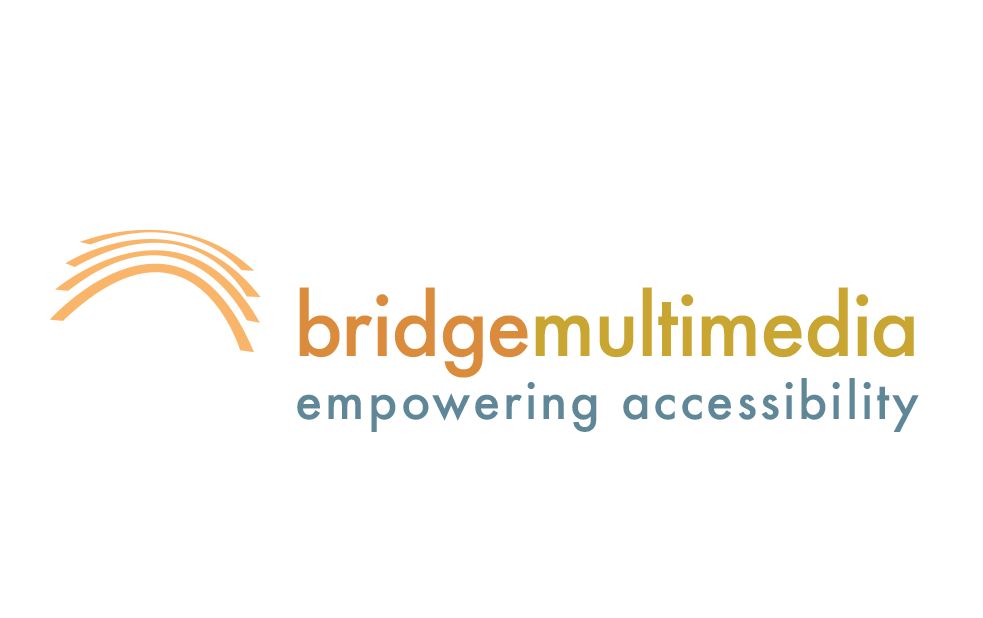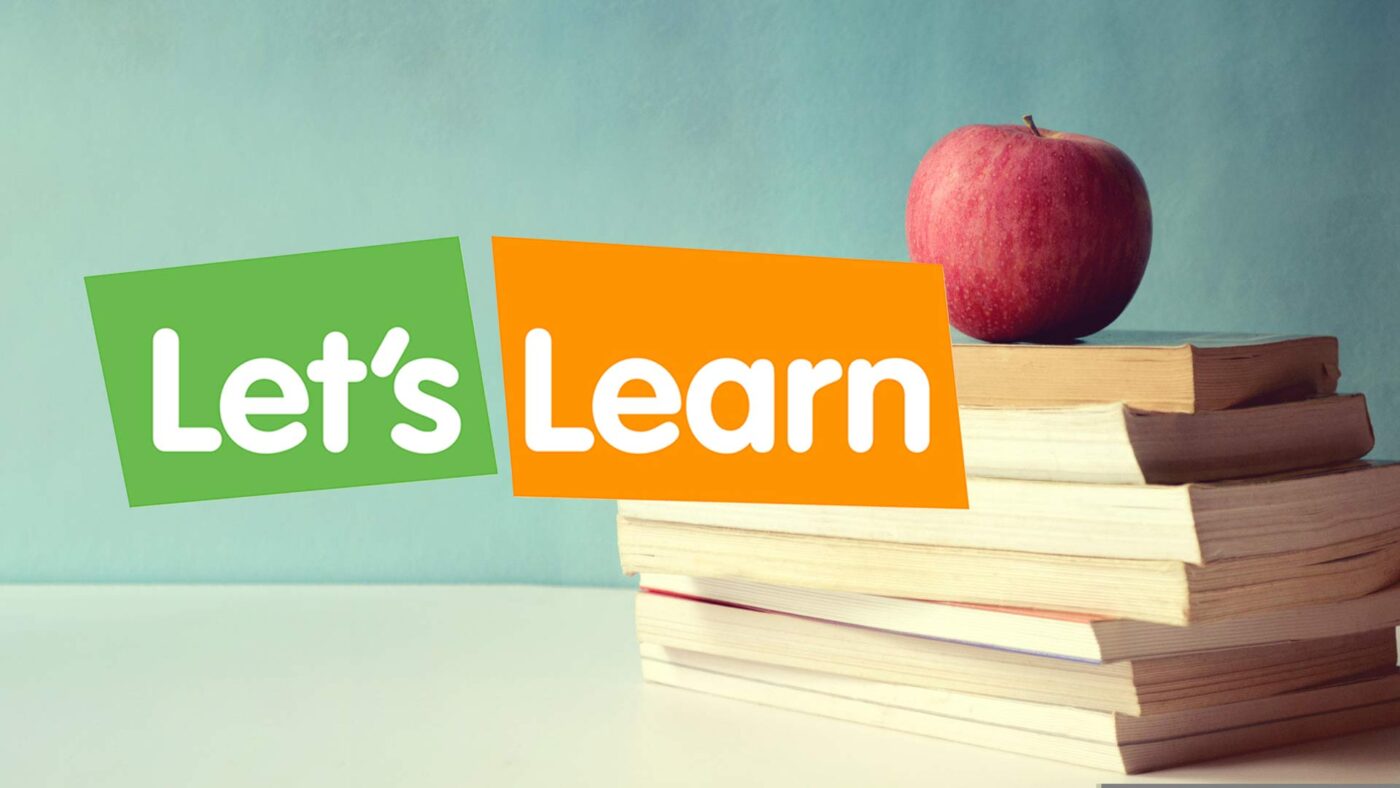
Mexican Sign Language (or LSM for Lengua de Señas Mexicana) is the predominant language of the Deaf community in Mexico. There is a growing number of LSM signers in the United States, particularly in areas along the US-Mexico border.
In 2005, Mexican Sign Language was officially declared a “national language” in Mexico, along with Spanish and indigenous languages, to be used in the national education system for the Deaf. According to “The Identity of Mexican Sign as a Language” (1999) there are a few similarities between American Sign Language (ASL) and LSM because they were both originally influenced by Old French Sign Language, however ASL and LSM are two distinct languages. Neither ASL nor LSM signers can understand the other sign language without actually learning it. According to the Summer Institute of Linguistics, Mexico, “LSM is different from the signed languages of Spain, and those of other countries in Latin America. LSM has its own vocabulary and a complex grammar which is very different from the grammar of Spanish. LSM is a complete, natural language.”
Bridge Multimedia had the opportunity to learn about Mexican Sign Language during a recent project. We provided accessibility for a Storytime segment with both American Sign Language and Mexican Sign Language for the educational children’s PBS series, Let’s Learn, produced by The WNET Group. Bridge has produced audio description for Let’s Learn and American Sign Language for 25 segments of Let’s Learn Storytime, with funding from The U.S. Department of Education Office of Special Education Programs’ Television Access grant (H327C210003). A book titled Yenebi’s Drive to School, about a child’s daily drive to school across the US-Mexico border, gave Bridge the perfect opportunity to make our accessibility even more inclusive through multi-lingual signing. The book is in English but has many Spanish words and phrases. Bridge produced sign language interpretation with the English words signed in ASL and the Spanish words in LSM.
According to Dr. Wendy Sapp, Bridge Multimedia’s Senior Project Director, “We thought it was important to provide Deaf children the same Storytime experience by interpreting the Spanish into LSM so they can be exposed to the idea that there are other sign languages. Also, the interpretation gives them a chance to see signing in Mexican Sign Language.” In a short interview, Dr. Sapp expounded on the significance of proper cultural representation within accessibility:
Q: Why is it beneficial for an ASL signer to see people using another sign language?
Dr. Sapp:
“Just as hearing people expand their cultural and linguistic understanding by hearing other languages, ASL users can also expand their knowledge of other Deaf cultures and languages by exposure to sign language other than ASL. Additionally, children who are Deaf often have limited exposure to other signers and are excited to see people signing in any language.”
Q: Why is it important for a producer of ASL to be knowledgeable, or aware, of other sign languages, which that producer may never deal with?
Dr. Sapp:
“For equity… and accuracy. A producer would never put random non-English phrases into a show but will see that the content is accurate even if very few people in the audience will understand it. In many cases, we cannot interpret Spanish, because there is not just ONE Spanish sign language. With the story, Yenebi’s Drive to School, the Spanish was clearly taking place on the Mexican American border, so we were able to use LSM. When producers of sign language have enough knowledge to identify which sign language would be appropriate to use, providing other sign languages makes the experience of the Deaf viewer closer to that of the hearing viewer.”
Q: Is there an educational benefit for the general viewer to see LSM interpretation?
Dr. Sapp:
“Most definitely. Exposure to other sign languages helps further broaden people’s understanding of Deaf culture and communities around the world.”
There are other sign languages in Mexico, unrelated to LSM, including Yucatec Maya Sign Language and Albarradas Sign Language. Throughout Central America and South America there are numerous distinct sign languages including Argentine Sign Language, Bolivian Sign Language, Brazilian Sign Language, Chilian Sign Language, Columbian Sign Language, Ecuadorian Sign Language, Peruvian Sign Language, Venezuelan Sign Language, and many more. According to the National Geographic Society, there are more than 300 different sign languages in the world, used by more than 72 million deaf or hard-of-hearing people worldwide. Bridge Multimedia encourages accessibility companies to embrace this rich cultural diversity by including these languages in your production, whenever the opportunity arises.
To watch the video segment, with multilingual interpretation:
CLICK HERE and then select Yenebi’s Drive to School (ASL) from the featured list of Storybook segments.
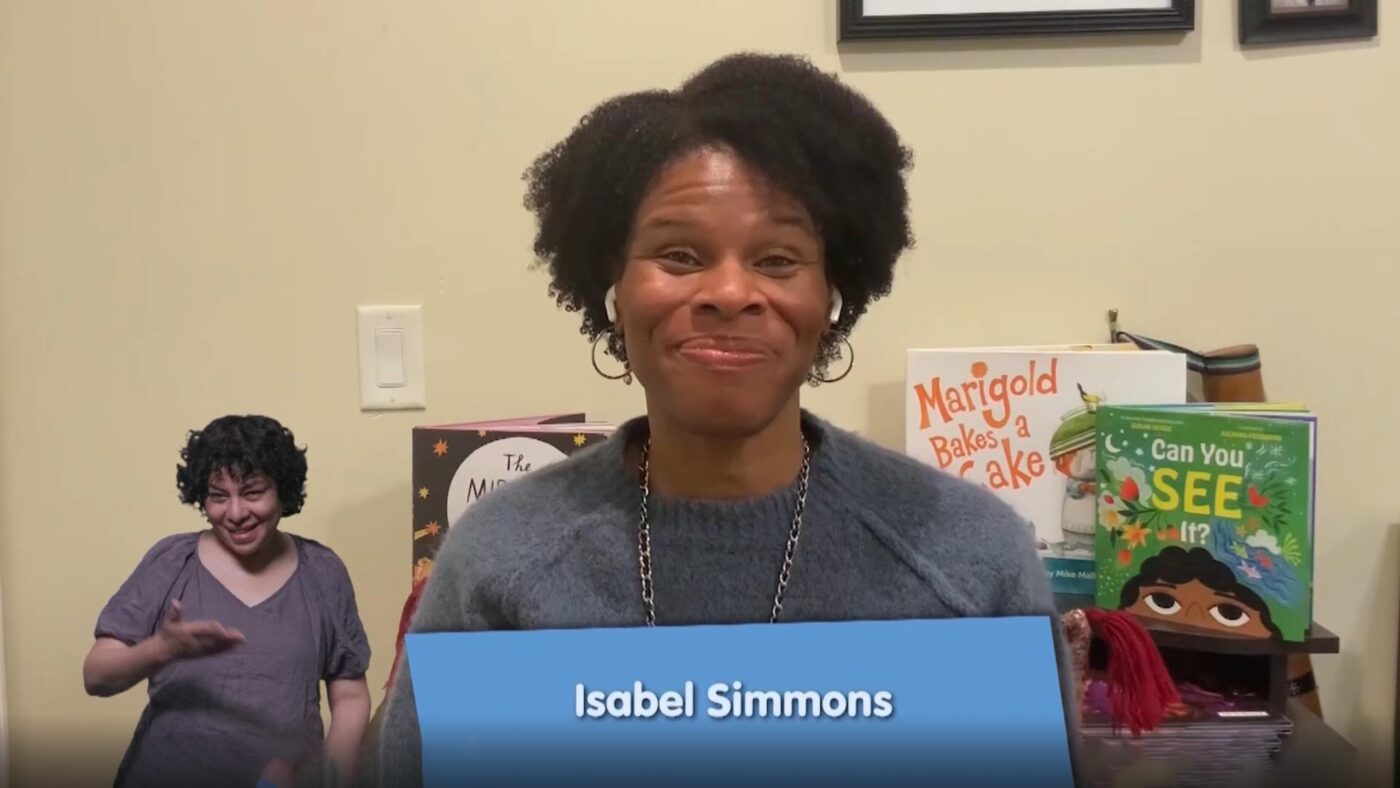
YENEBI’S DRIVE TO SCHOOL ASL
Isabel Simmons reads YENEBI’S DRIVE TO SCHOOL by Sendy Santamaria.

Image of apple and books by Abhishek Kharat from Pixabay

